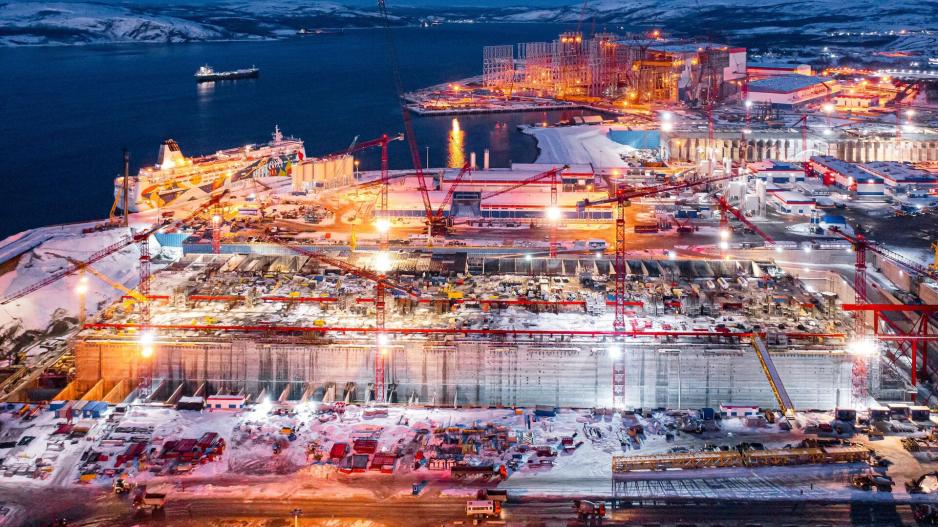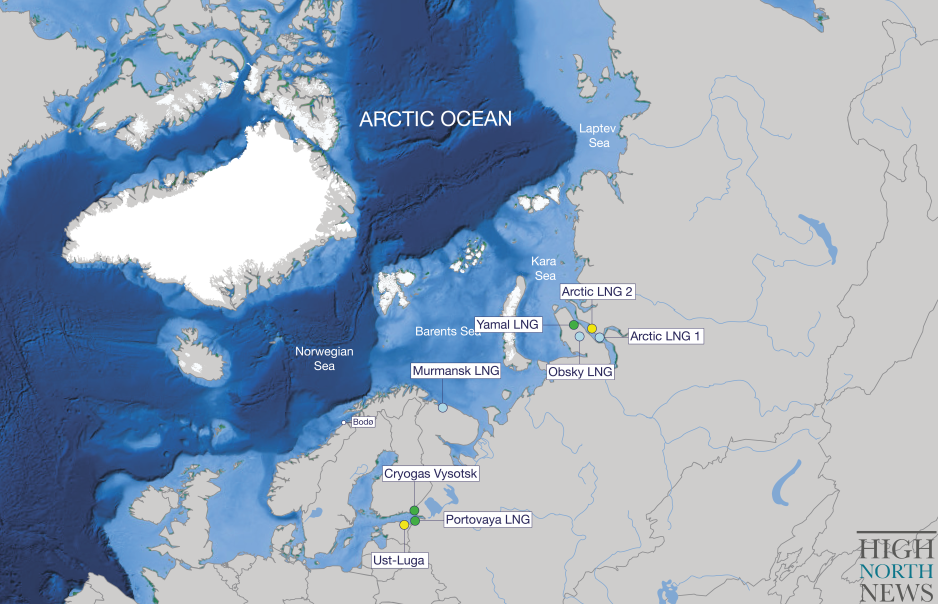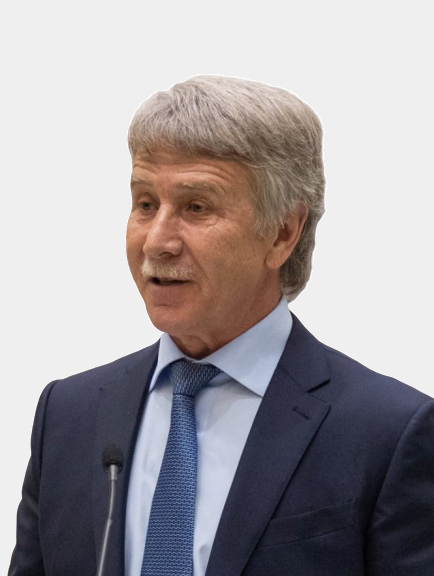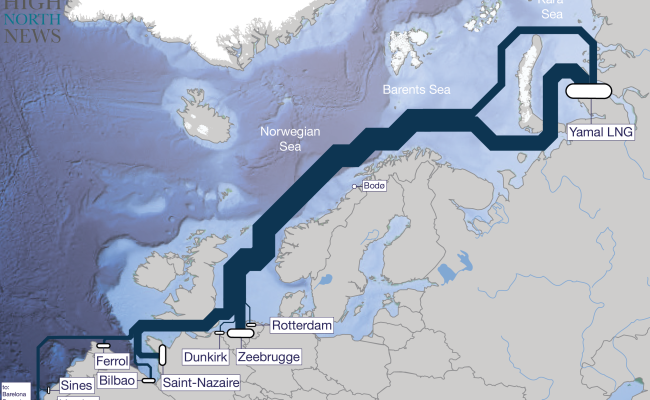Putin Green-lights Novatek’s Massive Murmansk LNG Project

Novatek’s Belokamenka construction yard outside Murmansk. (Source: Novatek)
Novatek's planned Murmansk LNG plant has cleared a key hurdle. The project will benefit from the expected liberalization of the liquefied natural gas sector and would become the company’s third project in the Arctic.
Russian natural gas producer Novatek’s latest liquefied natural gas (LNG) project, Murmansk LNG, received priority approval from the Kremlin yesterday. President Putin instructed lawmakers to include the project in the planned liberalization of LNG exports.
The initiative to liberalize the industry originated with Novatek’s Chair Leonid Mikhelson earlier this summer. The opening of the sector will remove mentions of specific license areas, broadening Novatek’s ability to export LNG.
“The Ministry of Energy and the government support the amendments to the bill. We believe that Murmansk LNG is a strategic project. It was considered at a meeting with the president twice. We have an instruction to add it to the strategy - this will be a strategic project. There is an instruction from the president to speed up the consideration of the federal law, which gives the right to export LNG,” explained Energy Minister Nikolai Shulginov following the meeting.
The law is now expected to enter into effect in November clearing the way for Novatek’s Murmansk project.
Construction could start next year
Construction on the first LNG train could begin as early as summer 2024. The company will rely on the same gravity-based platforms it started using for the preceding Arctic LNG 2 project.
We have already begun implementing our next large-scale project in the Murmansk region
Rather than constructing the liquefaction plant on site in the Arctic, which proved costly with the original Yamal LNG plant, it now pre-assembles the modules at a massive construction yard outside Murmansk on floating platforms.
Once completed the platforms are towed to the production site and anchored in place. The first Gravity Base Structure (GBS) for Arctic LNG 2 arrived at the Gydan Peninsula this summer.
The Belokamenka construction yard features two assembly bays. Once the second GBS for Arctic LNG 2 leaves the dry dock in 2024, construction for Murmansk LNG is slated to begin.
Ensuring electricity supply
Last month Novatek put into place an electricity supply agreement with PJSC Rosseti, a Russian power company.
For its first two projects, Yamal LNG and Arctic LNG 2, Novatek uses part of the natural gas supply to produce the electricity needed to compress and liquefy the gas into LNG.
In contrast, Murmansk LNG is expected to use excess regional electricity generation capacity, to power the liquefaction process. It will rely on electric drives for process compressors instead of gas turbines.
Novatek’s strategy provides for a significant increase in LNG production, explained Mikhelson last month.
“We have already begun implementing our next large-scale project in the Murmansk region. At Murmansk LNG, we abandoned the use of natural gas to ensure the liquefaction process in favor of electricity. This technological solution will facilitate the implementation of the project in the shortest possible time using technologies from Russian manufacturers.”
Is Murmansk LNG sanction-proof
The company’s Arctic LNG 2 project continues to face delays and uncertainty due to sanctions limiting access western technology.
Novatek had to find workarounds to replace gas turbines, originally provided by US and European companies, including American Baker Hughes, with Chinese models. By using an external electricity supply, Novatek will reduce technological complexity of the new project and require fewer gas turbines overall.
The latest round of US sanctions specifically targets the Arctic LNG 2 project. By following a modified approach Novatek aims to “sanction-prove” its new flagship project.
Between Yamal LNG, Arctic LNG 2, and Murmansk LNG the company will have to find markets for almost 60 million tons of LNG per year. Currently, around 70 percent of production is destined for Europe, with more than 200 shipments per year, with the remaining capacity bound for Asia.
Talks of banning the import of Russian LNG into the EU have thus far not borne fruit. Any import restrictions would require Novatek to ship more of its product to the East.

Existing (green), under construction (yellow), and planned (blue) Russian LNG plants. (Source: Author’s own work)
Using its own liquefaction process
The company also aims to use its own liquefaction process. Its original “Arctic Cascade” approach, tested in a small production line at Yamal LNG, was specifically designed to work efficiently in environments below 20 degrees Celsius. Cascade uses pure refrigerants, ethane and nitrogen.
For Murmansk LNG Novatek will apply its updated “Arctic Mix” technology, which uses mixed refrigerants across three cooling circuits to achieve pre-cooling, liquefaction and supercooling of the natural gas. The company received a patent for the technology earlier this year.
The technology has no limitations regarding ambient temperature and can be used for large-scale production lines of more than 6 million tons of LNG per year. According to Novatek Murmansk LNG will have a capacity of 20.4 million tons/year across three trains, surpassing both Yamal LNG and Arctic LNG 2.




